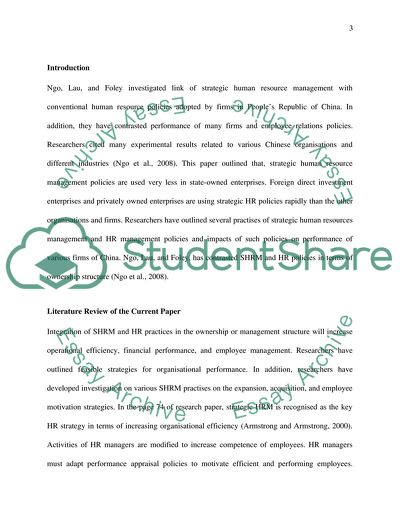Cite this document
(Strategic Human Resource Management, Firm Performance, and Employee Re Term Paper, n.d.)
Strategic Human Resource Management, Firm Performance, and Employee Re Term Paper. Retrieved from https://studentshare.org/human-resources/1684403-critically-reviewing-a-journal-article
Strategic Human Resource Management, Firm Performance, and Employee Re Term Paper. Retrieved from https://studentshare.org/human-resources/1684403-critically-reviewing-a-journal-article
(Strategic Human Resource Management, Firm Performance, and Employee Re Term Paper)
Strategic Human Resource Management, Firm Performance, and Employee Re Term Paper. https://studentshare.org/human-resources/1684403-critically-reviewing-a-journal-article.
Strategic Human Resource Management, Firm Performance, and Employee Re Term Paper. https://studentshare.org/human-resources/1684403-critically-reviewing-a-journal-article.
“Strategic Human Resource Management, Firm Performance, and Employee Re Term Paper”, n.d. https://studentshare.org/human-resources/1684403-critically-reviewing-a-journal-article.


